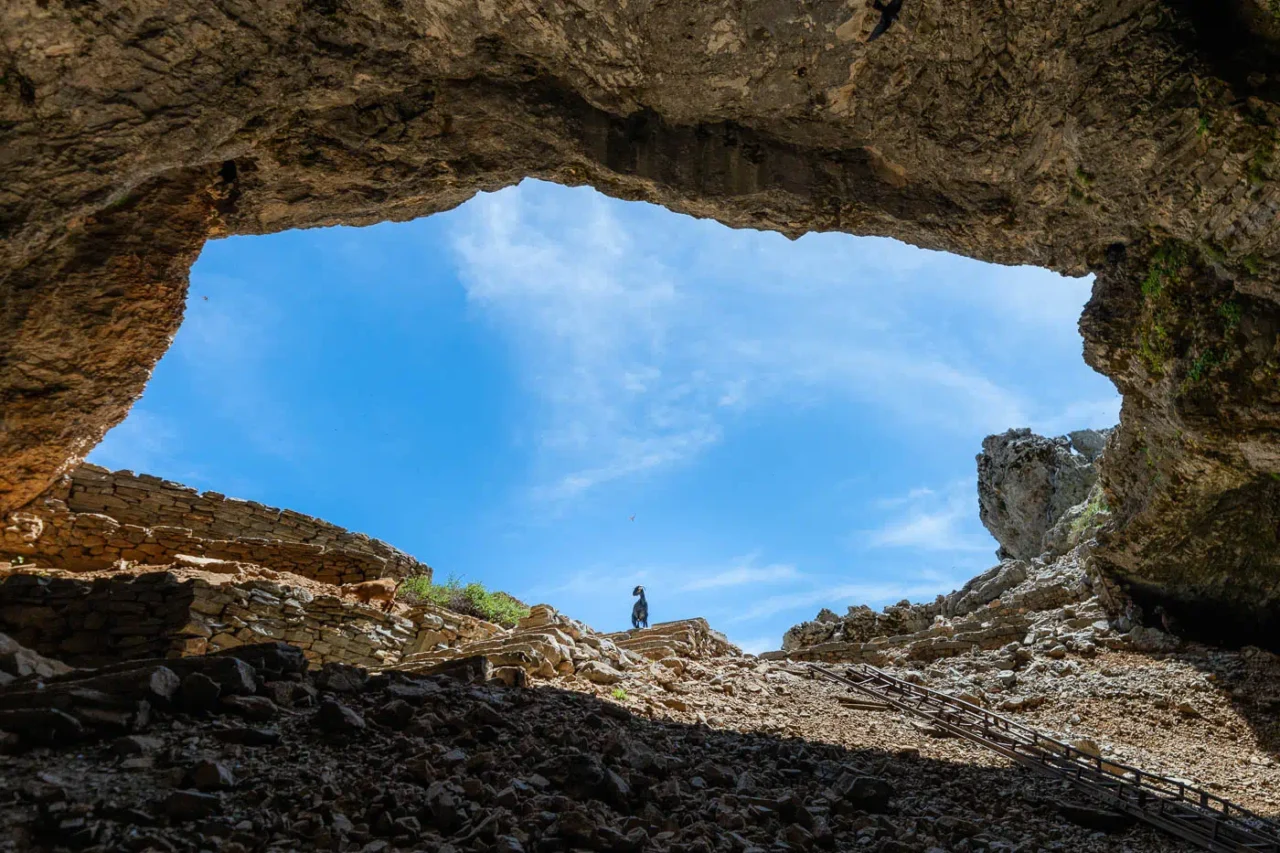
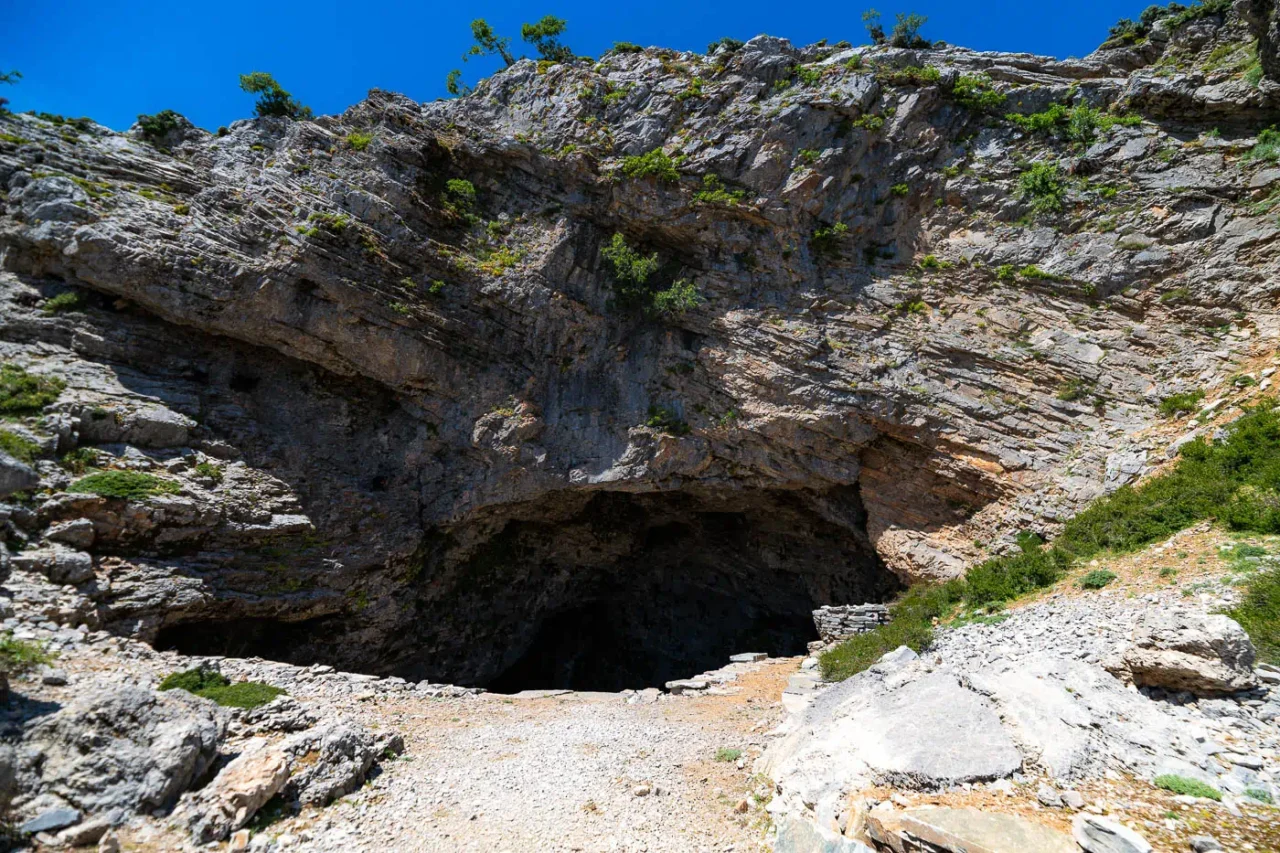
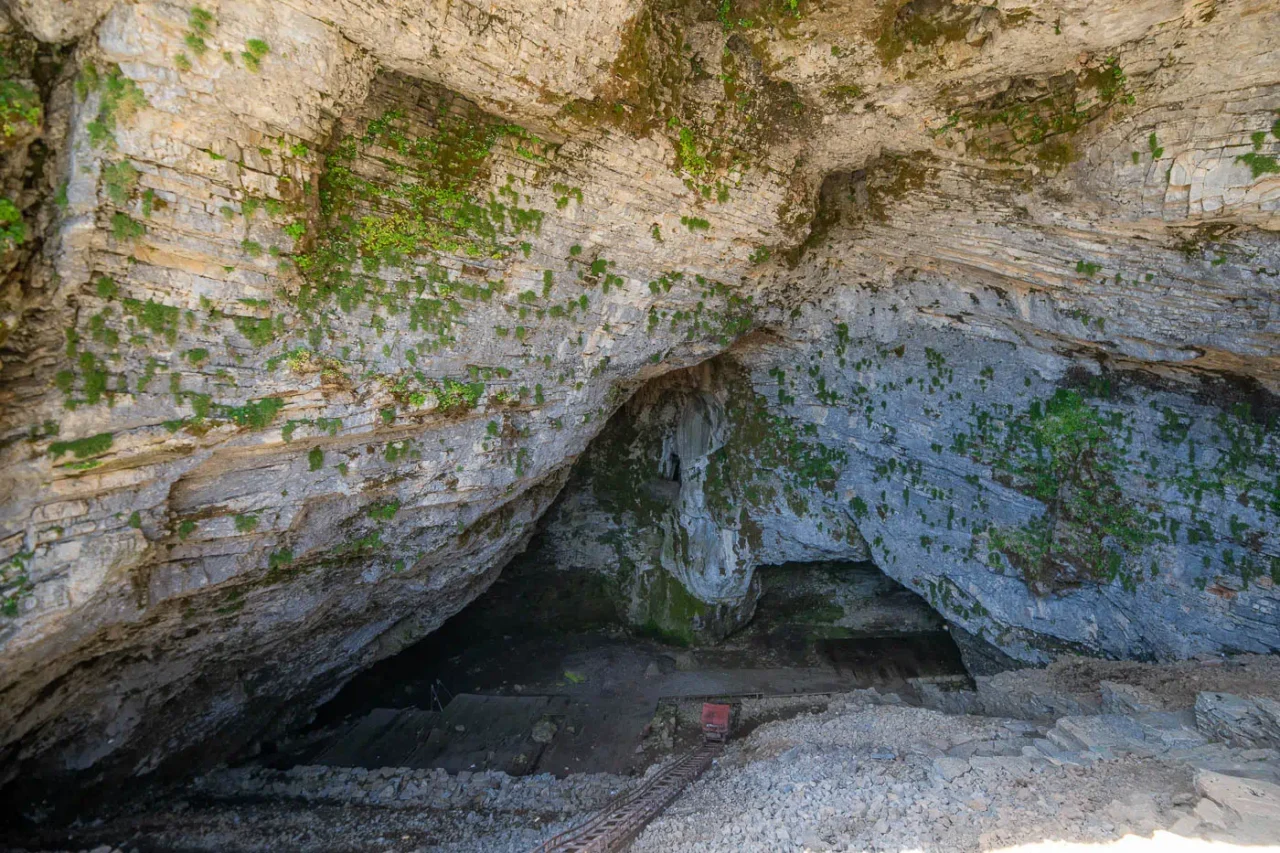
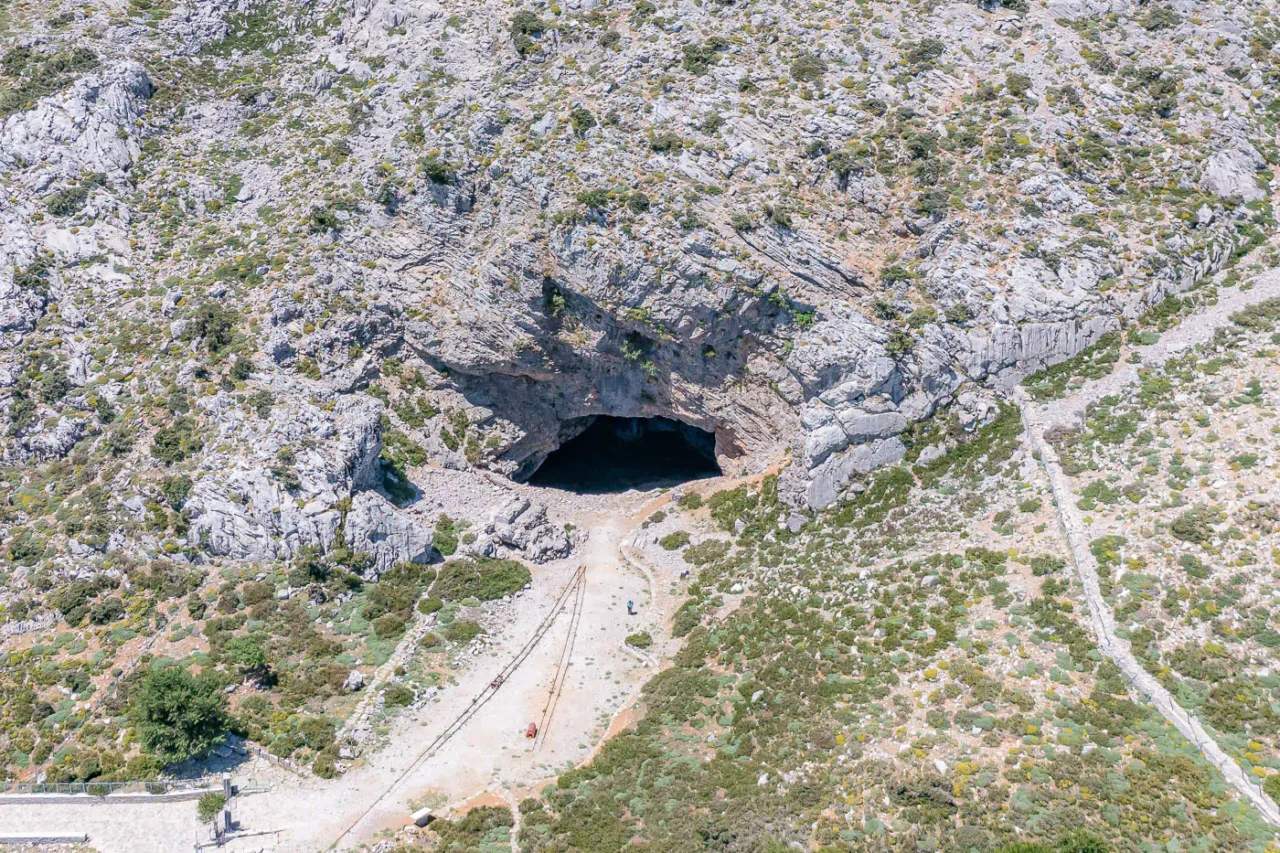
Ideon Antron Cave: The Mythical Birthplace of Zeus
Construction Period: Natural cave formation, with evidence of human activity from the Neolithic period (c. 3300-3000 BC) to the Roman period (4th century AD).
Location:
- Eastern slopes of Mount Ida (Psiloritis), on the Nida Plateau, Crete.
- 20 km from Anogia village.
- Elevation: 1498 meters above sea level.
Dimensions: The cave is described as “deep” and divided into two sections. The exact dimensions are not provided in the text.
Historical Significance:
- One of the most important religious caves in Minoan Crete.
- Associated with the myth of Zeus’ birth and upbringing, where he was hidden from his father Cronus.
- Archaeological excavations have unearthed artifacts dating back to the Minoan period, including figurines, vessels, bronze shields, and jewelry, now housed in the Heraklion Archaeological Museum.
- The cave was a place of worship from the Neolithic period to the Roman era, with peak activity during the Geometric and Archaic periods (10th-6th centuries BC).
- Votive offerings found in the cave attest to its significance as a religious center.
- In the Classical period (5th century BC), the cave was associated with mystery cults and chthonic deities.
- During the Hellenistic and Roman periods, the cave continued to be an important pilgrimage site.
Current Status:
- An archaeological site managed by the Ephorate of Paleoanthropology-Speleology of Southern Greece.
- Open to the public from July to November, except on Tuesdays.
- Visitors can explore the cave and learn about its mythological and historical significance.
Ideon Antron Cave: A Place of Myth and History
High on the slopes of Mount Ida, the Ideon Antron cave, also known as “Spiliara” or “Cave of the Shepherdess,” is steeped in myth and history. According to Greek mythology, this cave is where the goddess Rhea hid her infant son Zeus from his father Cronus, who had a habit of devouring his children. The Kouretes, mythical guardians, protected the infant Zeus by clashing their swords and shields to mask his cries.
The cave’s significance extends beyond mythology. Archaeological excavations have revealed a rich history of human activity, dating back to the Neolithic period. The cave was used for worship for centuries, with peak activity during the Geometric and Archaic periods. Numerous votive offerings, including pottery, jewelry, and bronze shields, have been found in the cave, attesting to its importance as a religious center.
In the Classical period, the cave was associated with mystery cults and chthonic deities, adding another layer to its rich spiritual heritage. The cave’s natural beauty and its connection to the myth of Zeus continue to attract visitors today.
The Ideon Antron is open to the public and offers a unique opportunity to explore a site that has been revered for millennia. As you descend into the cave’s depths, you’ll be transported back in time, surrounded by the echoes of ancient rituals and the whispers of myths that have shaped Western civilization.













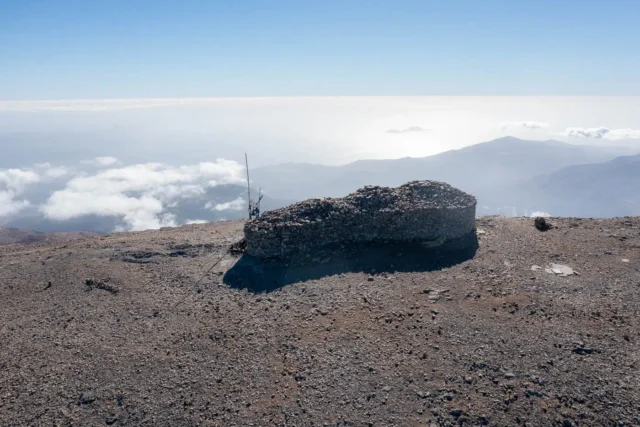

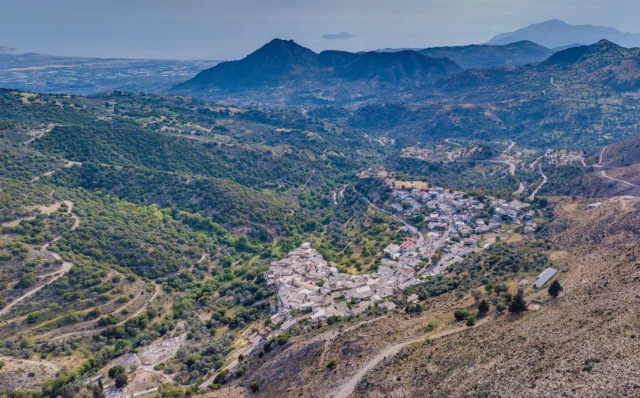
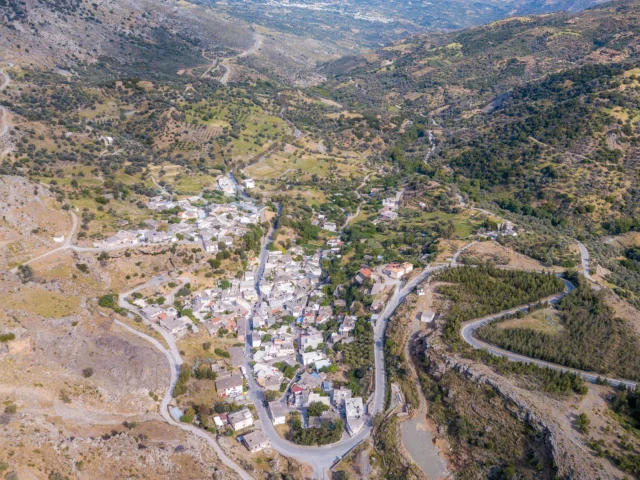



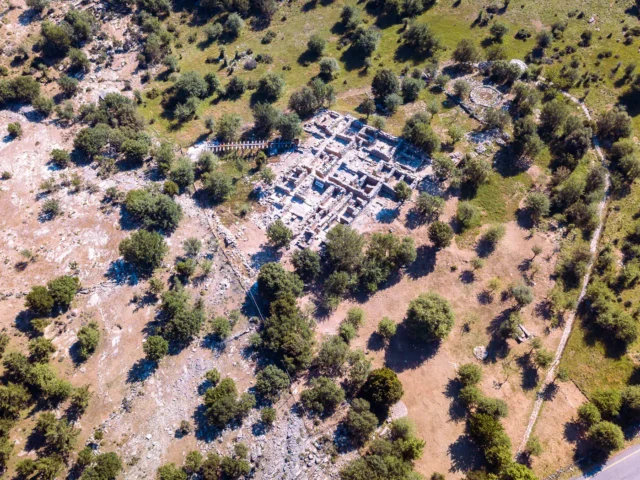
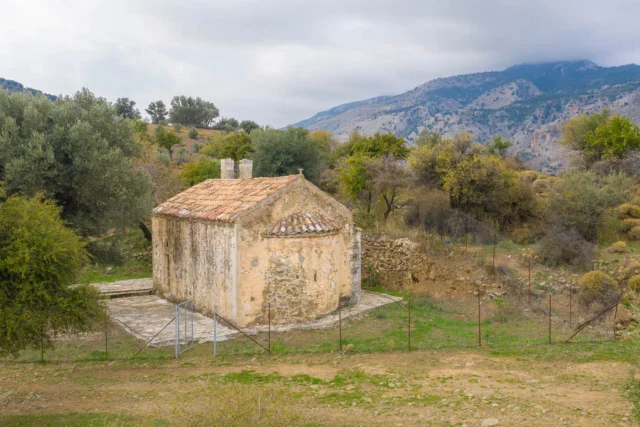

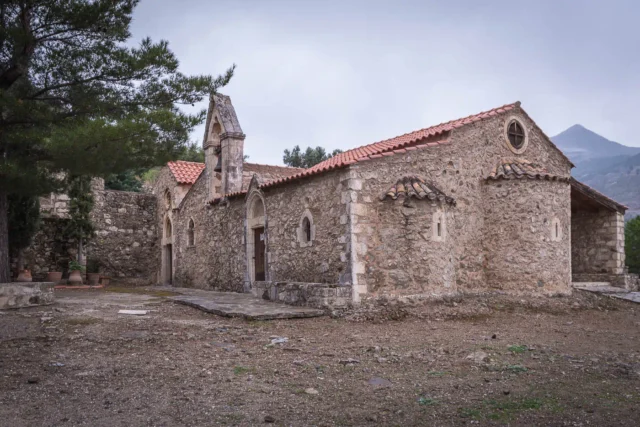
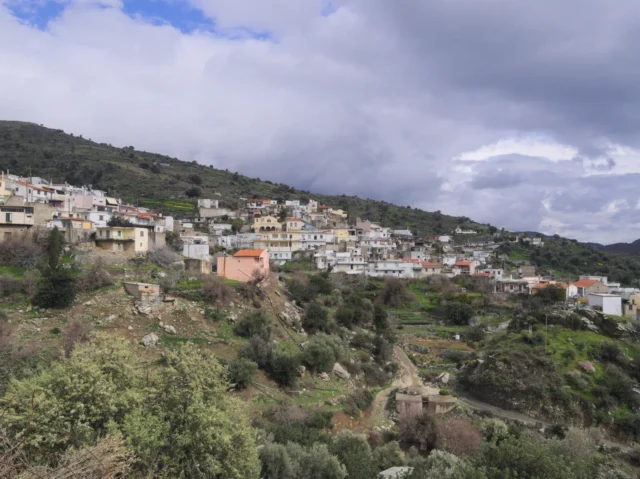
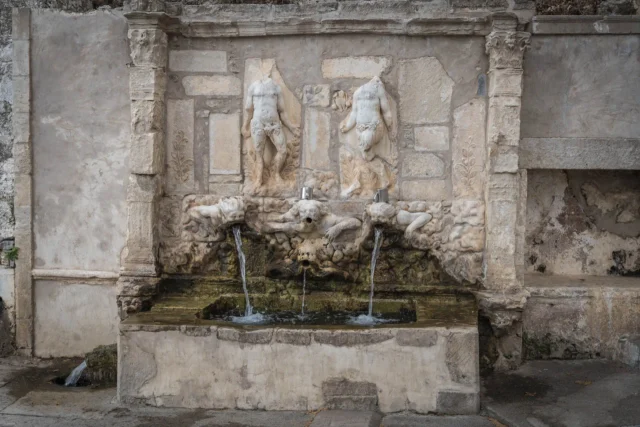
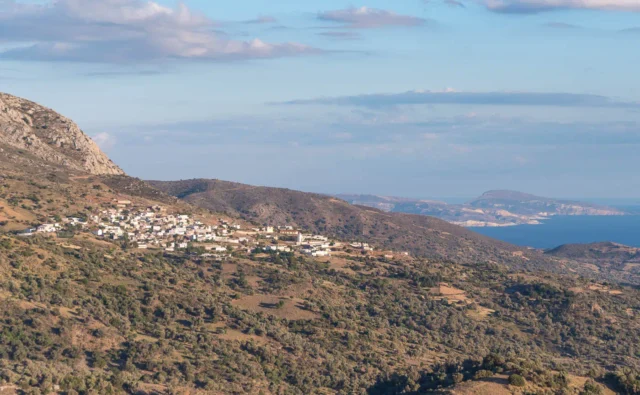
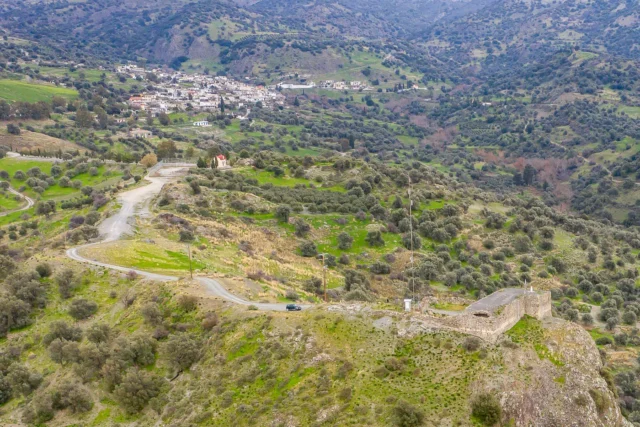

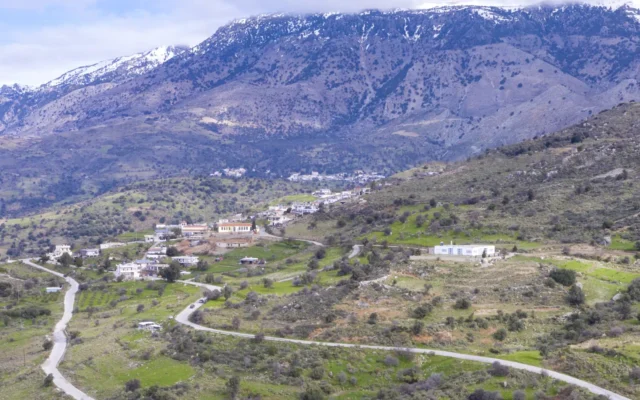
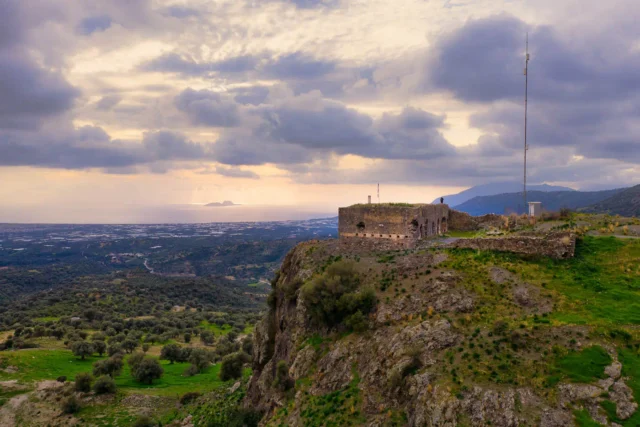
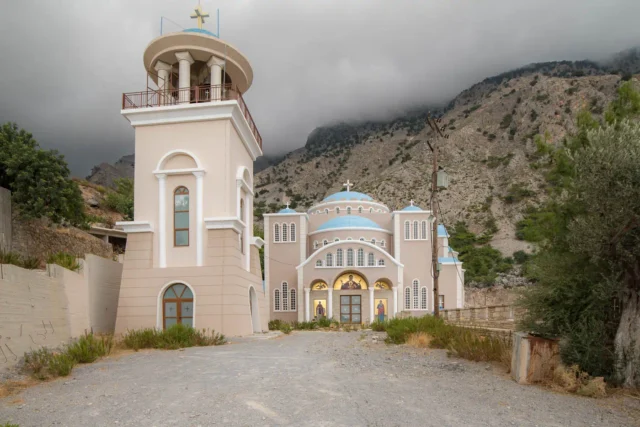
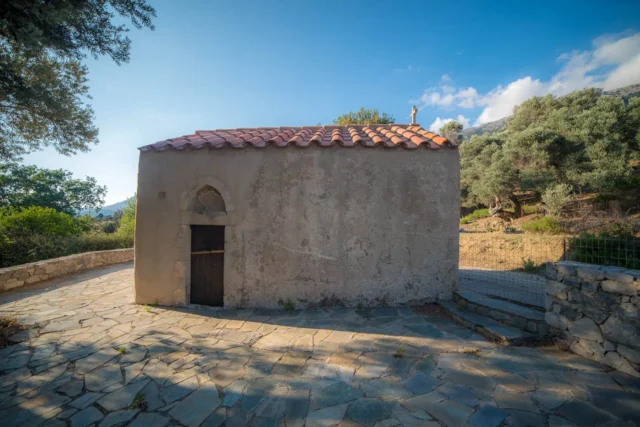

There are no comments yet.